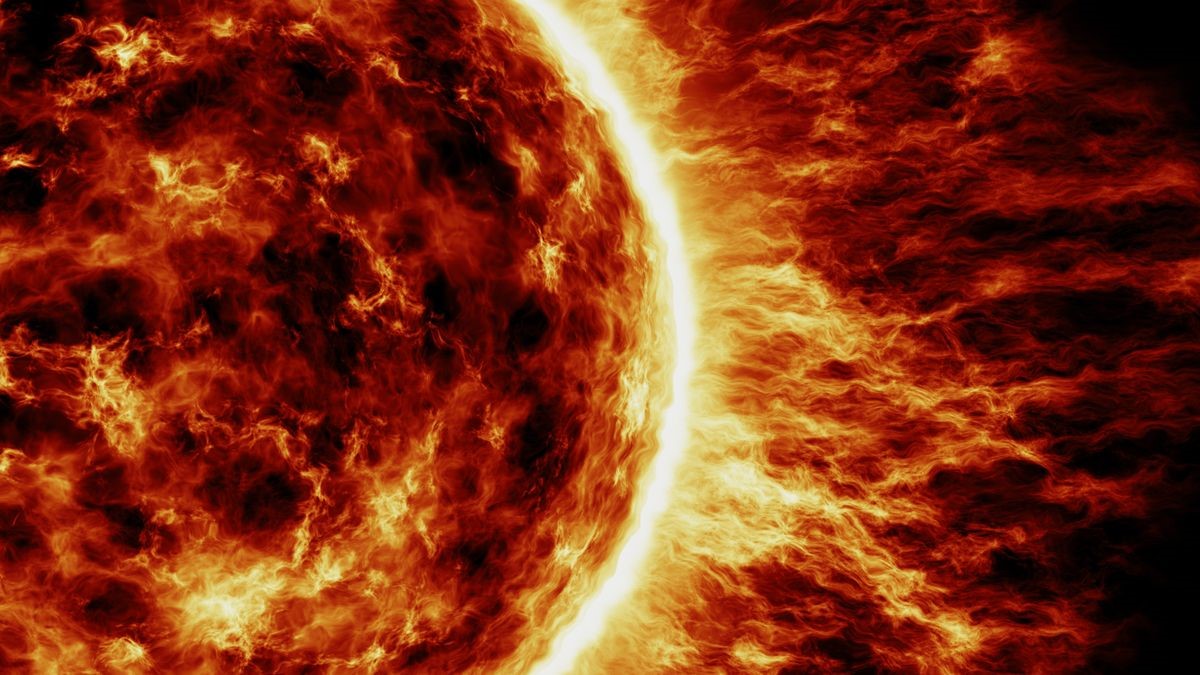Free Courses Sale ends Soon, Get It Now


Free Courses Sale ends Soon, Get It Now



Source: Space.com
Disclaimer: Copyright infringement not intended.
Context
Details
Potential Impacts on Earth
About Solar Flares
Characteristics of Solar Flares:
Causes of Solar Flares:
Classification of Solar Flares:
Effects of Solar Flares:
Sources:
|
PRACTICE QUESTION Q. Examine the significance of solar flares in the context of space weather and their potential impact on Earth's environment and technological infrastructure. (250 Words) |
© 2024 iasgyan. All right reserved